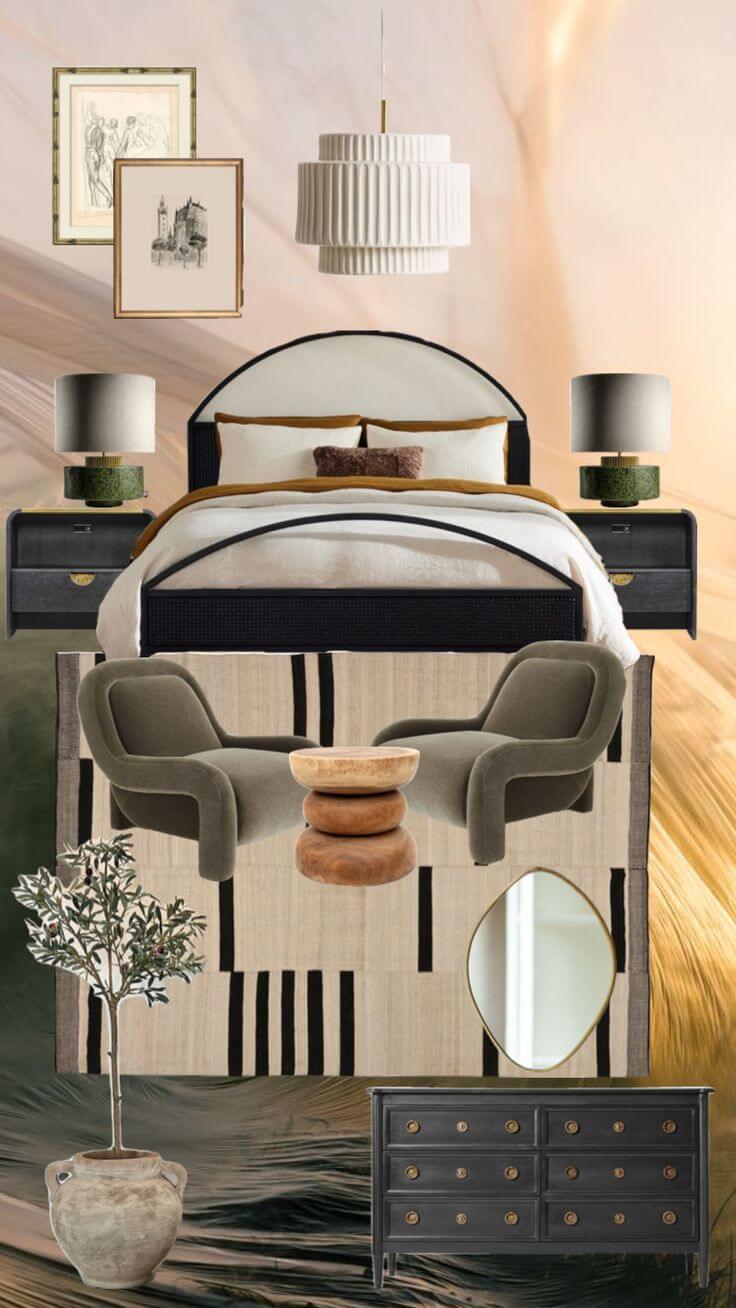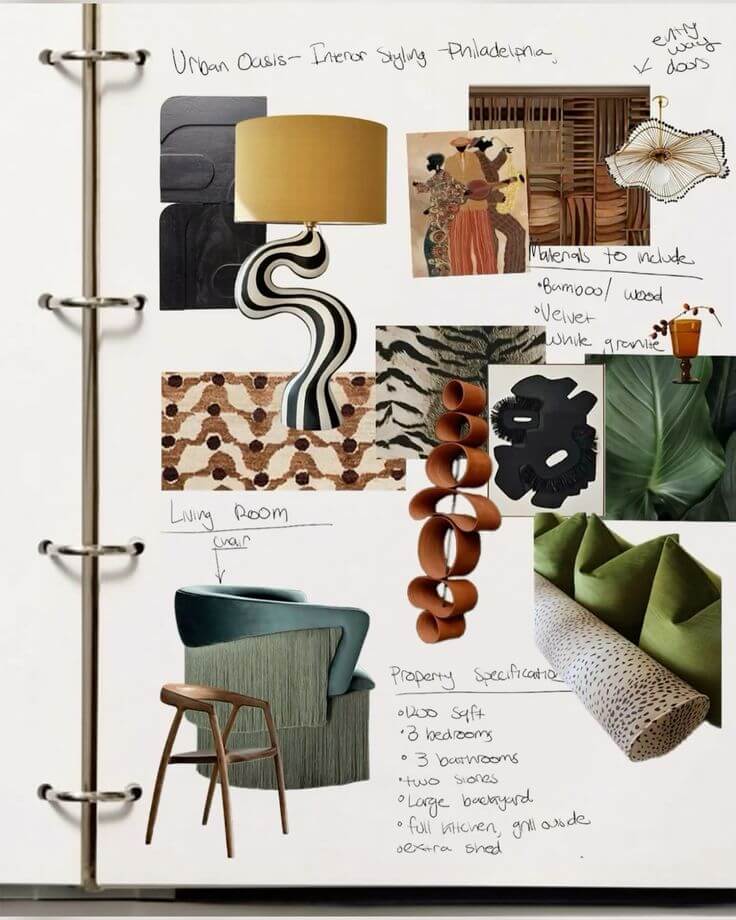
Mistakes to avoid, because good design starts way before your first furniture haul.
Designing a room can be equal parts exciting and overwhelming. You’re envisioning cozy corners, chic color palettes, and maybe that statement mirror you’ve been eyeing. But before you add anything to cart, let’s talk about the most common 5 mistakes to avoid when designing a room. People make design mistakes early on—mistakes that can derail your vision (and your budget) fast.
Here are 5 mistakes to avoid when designing a room —and how to avoid them like a pro:
1. Skipping the Plan
It’s tempting to dive in and start shopping, but without a clear layout, budget, and function plan, your space can quickly turn into a beautiful mess. Always start with a general vision: What’s the goal for the space? How will you use it? What do you need it to do?
✔ Tip: Sketch a basic floor plan (graph paper or an app) and jot down your top 3 design priorities.
2. Not Measuring Your Space
Sounds obvious—but so many of us forget! Ordering pieces that don’t fit your room (or through your door!) is frustrating and avoidable.
✔ Tip: Measure your room and your key furniture pieces before committing. Don’t forget ceiling height and window placement.
3. Ignoring Natural Light
Lighting changes everything—paint color, mood, even how big your space feels. Before choosing finishes or furniture, pay attention to how light moves through the room during the day.
✔ Tip: Take note of your space’s light sources—natural and artificial—and plan accordingly.
4. Overcrowding with Trends
That boucle chair? Gorgeous. But a room full of trending pieces can feel dated fast. Good design is about balance: mixing timeless with trendy in a way that reflects you.
✔ Tip: Choose 1–2 trend-forward accents and anchor the rest with classic pieces.
5. Forgetting Function for Aesthetic
We’ve all been seduced by something pretty that doesn’t actually work in our space (hello, impractical coffee table). Beauty matters—but function wins.
✔ Tip: Ask yourself: Does this piece serve a purpose and support how I live in this space?
Final Thought:
Designing a room you love doesn’t mean getting everything perfect from day one. It means making thoughtful choices, step by step, that reflect who you are and how you want to live. Skip the overwhelm, skip the cart-frenzy—and start with clarity. Your dream room will thank you.


